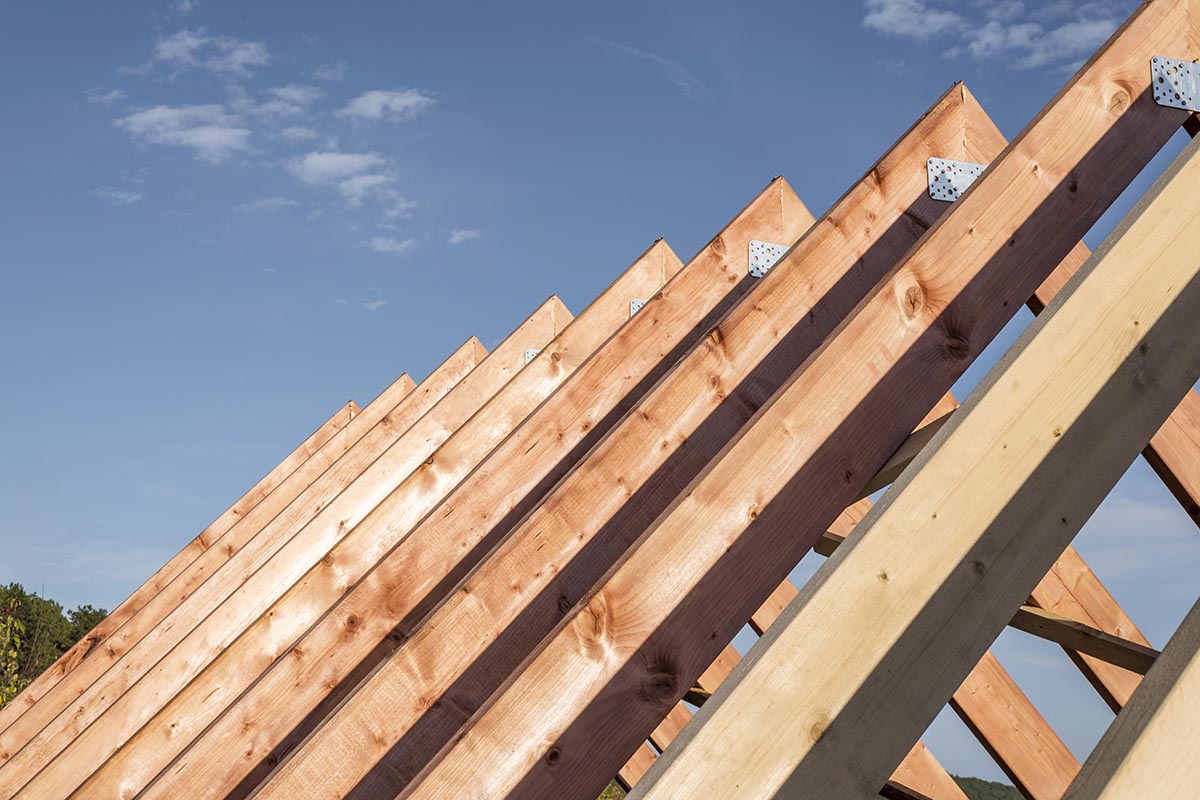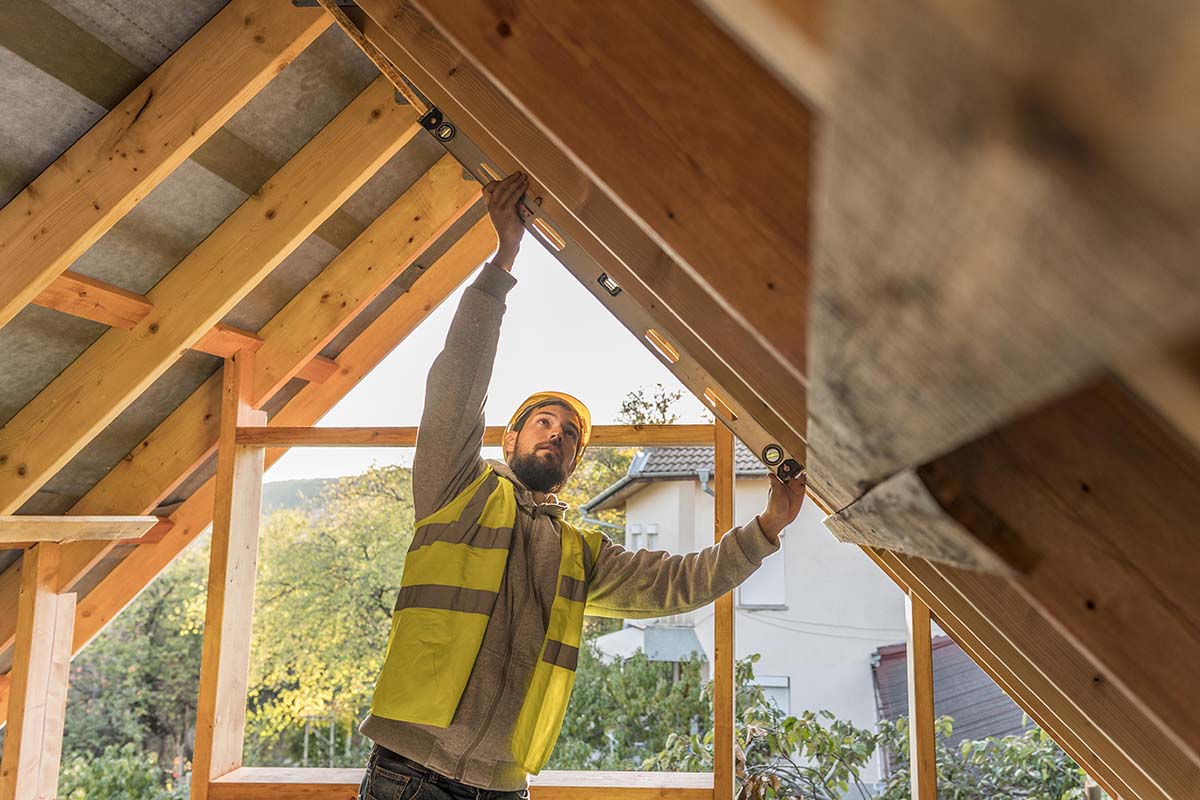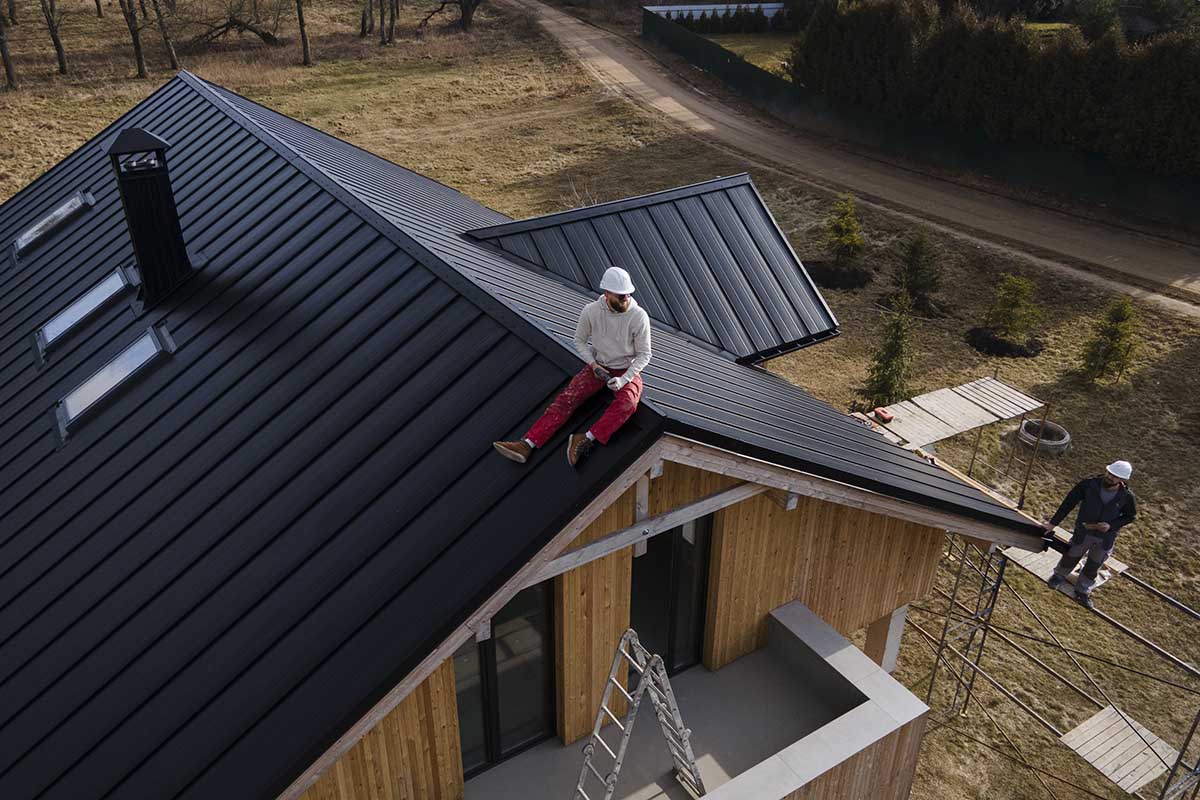Roof trusses may not be the first thing that comes to mind when you think about architectural style, but they play a crucial role in shaping the look and feel of a building. From their history to their impact on contemporary designs, we’ll uncover the fascinating journey of roof trusses in architecture.
The Historical Roots of Roof Trusses
To understand how roof trusses have evolved, let’s take a trip back to explore their historical roots.
Traditional Timber Frames
In the past, buildings were often constructed using traditional timber frames. These frames consisted of heavy, solid beams that supported the roof’s weight. While functional, they limited architectural possibilities and often resulted in dark, enclosed spaces.
Victorian Elegance
During the Victorian era, a time known for its grandiose architecture, roof trusses began to evolve. Elaborate designs featuring intricate woodwork and decorative details became the norm. These trusses allowed for larger, more open interior spaces and showcased the craftsmanship of the time.
The Modern Revolution
As we moved into the 20th century, architectural styles shifted towards simplicity and functionality. Roof trusses began to reflect this change, with cleaner lines and more minimalistic designs. This shift laid the groundwork for the modern architectural styles we see today.
The Role of Roof Trusses in Architectural Styles
Roof trusses aren’t just structural elements but key players in defining a building’s architectural style. Let’s delve into how the likes of ready-made roof trusses from Scotts contribute to various styles, both traditional and modern.
Traditional Styles
- Tudor Revival: Tudor-style homes often feature exposed timber roof trusses, giving them a rustic and timeless charm.
- Colonial Elegance: Colonial architecture embraces symmetry and balance, with typically hidden roof trusses, allowing for clean lines and a classic appearance.
- Mediterranean Influence: Mediterranean-style homes often incorporate decorative wooden trusses that add character and warmth to the design.
Modern Styles
- Minimalism: Modern architecture often features sleek and simple roof trusses that blend seamlessly with the overall design, emphasizing clean lines and open spaces.
- Industrial Chic: Industrial-style buildings showcase exposed steel trusses, creating an edgy and urban aesthetic.
- Mid-Century Modern: This style emphasizes the use of natural materials and open spaces, with roof trusses that play a pivotal role in achieving these design goals.
The Evolution of Roof Truss Designs
Roof truss designs have come a long way, evolving to meet the changing needs and preferences of architects, builders, and homeowners. Let’s take a closer look at the transformation of these designs over the years.
- Traditional Timber Trusses
Traditional timber trusses featured heavy, solid beams that were often exposed. While these trusses provided stability, they limited architectural possibilities and interior space.
- Victorian Ornate Trusses
During the Victorian era, roof trusses became more decorative. Elaborate woodwork and intricate details were added to enhance the aesthetics of buildings. These trusses allowed for larger interior spaces while maintaining a classic look.
- Mid-Century Simplicity
In the mid-20th century, roof trusses began to adopt a more streamlined and minimalist appearance. The focus shifted from ornate designs to clean lines and open spaces. This period laid the foundation for modern architectural styles.
Contemporary Innovations
Today, roof truss designs have evolved to be highly efficient and versatile. Steel and engineered wood trusses dominate the market, offering strength and adaptability. These modern trusses can be customized to suit a wide range of architectural styles, from traditional to avant-garde.
How Roof Trusses Impact Building Aesthetics
Roof trusses play a significant role in shaping the overall aesthetics of a building. Let’s explore how they impact a building’s visual appeal:
- Interior Charm
Exposed timber trusses in traditional designs create a cozy and inviting interior atmosphere. They add character and warmth to the space, making it feel like home.
- Modern Elegance
Sleek and minimalist trusses in modern designs contribute to a sense of elegance and sophistication. They emphasize clean lines and open spaces, creating a contemporary and airy feel.
- Architectural Statements
In some cases, roof trusses become architectural statements themselves. For example, exposed steel trusses in industrial-style buildings serve as focal points and conversation starters.
- Integration with Nature
Roof trusses can also be used to connect a building with its natural surroundings. Large windows and open truss designs can frame picturesque views, blurring the lines between indoor and outdoor spaces.
Practical Considerations When Choosing Roof Trusses
- Budget
Your budget will play a significant role in determining the type of roof trusses you can use. Traditional timber trusses may be more expensive than modern steel or engineered wood options.
- Design Goals
Consider the architectural style you want to achieve. Traditional styles may call for exposed timber trusses, while modern designs may benefit from sleek and minimalistic trusses.
- Structural Requirements
The size and weight of your roof and local building codes will dictate the type of trusses you need. Consult with a structural engineer to ensure safety and compliance.
- Energy Efficiency
If energy efficiency is a priority, modern roof trusses can be designed to accommodate insulation and ventilation systems, reducing heating and cooling costs.
Conclusion
So, the next time you admire a building’s unique character or spacious interior, remember that roof trusses are likely playing a vital role in its architectural style.




















